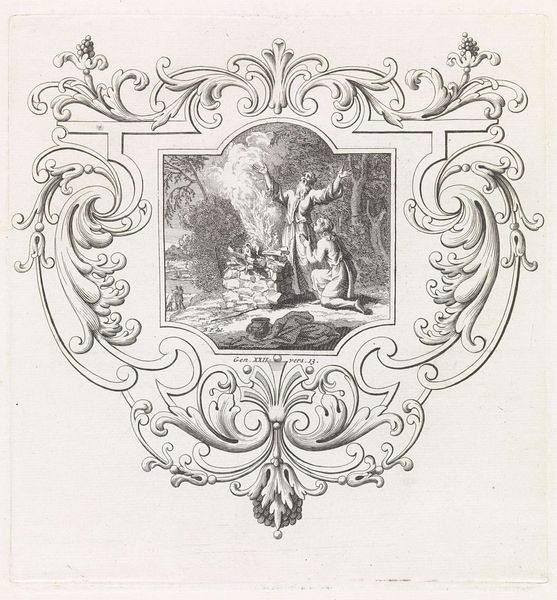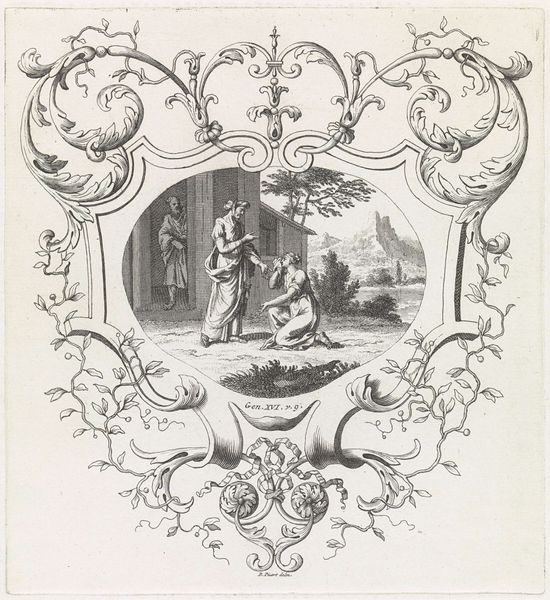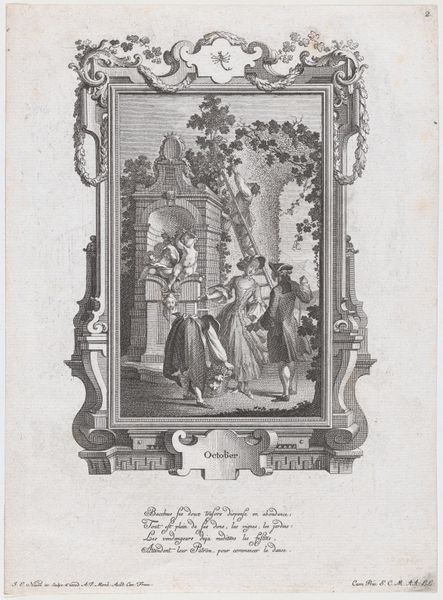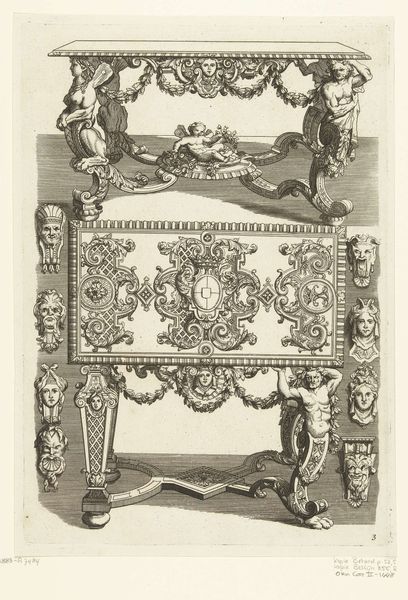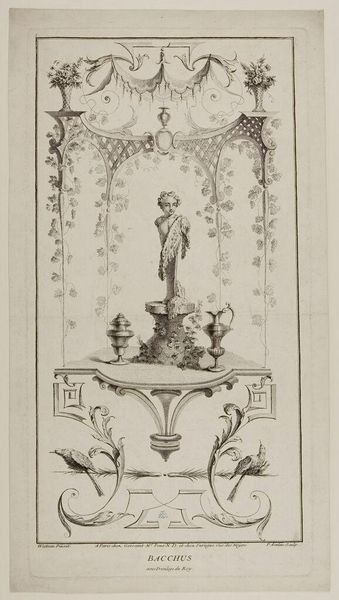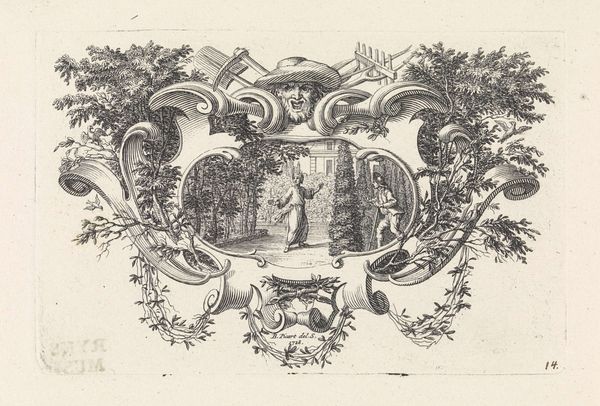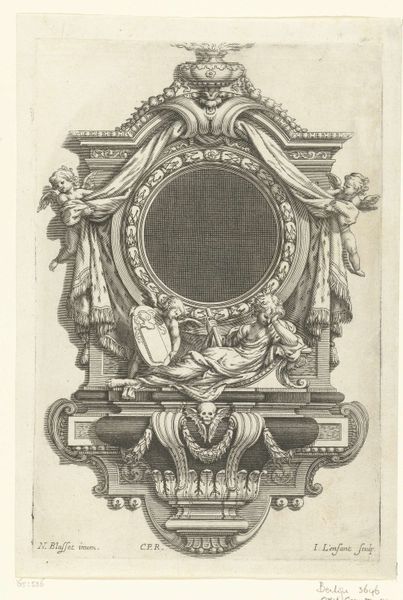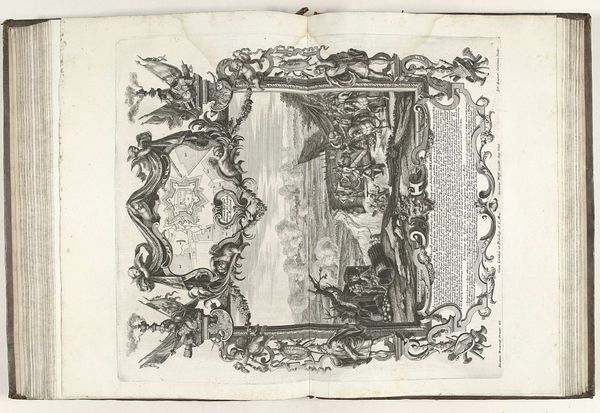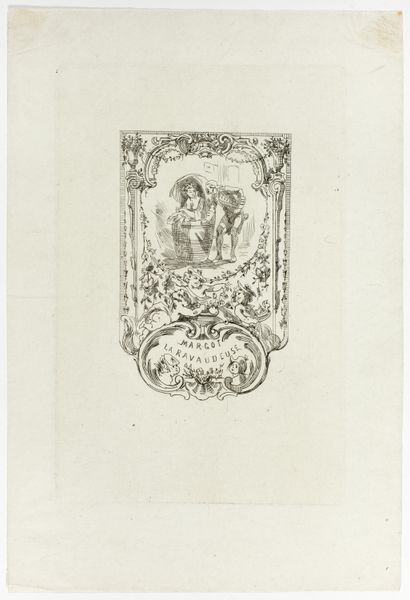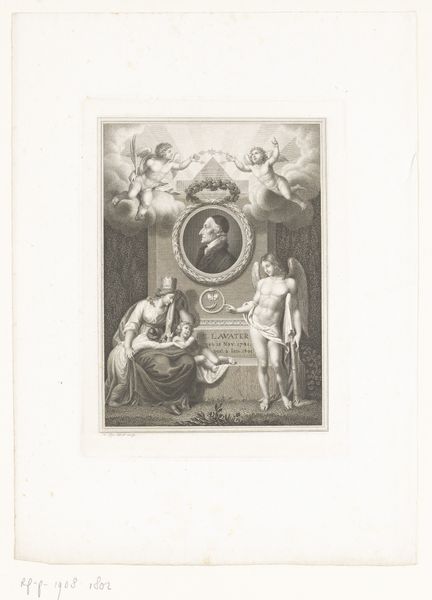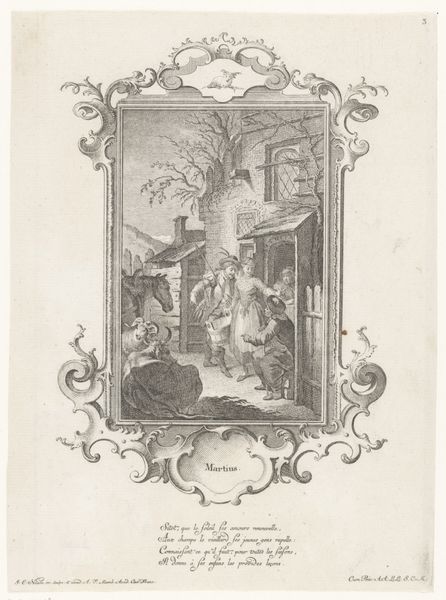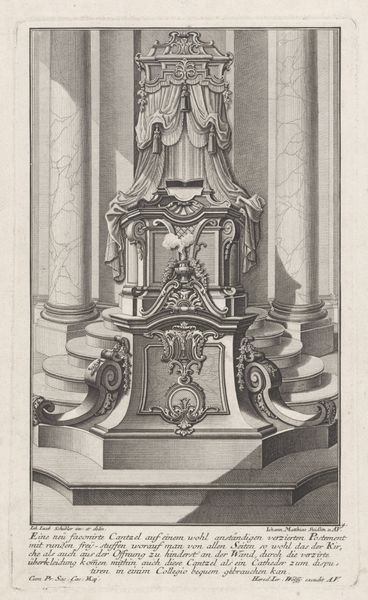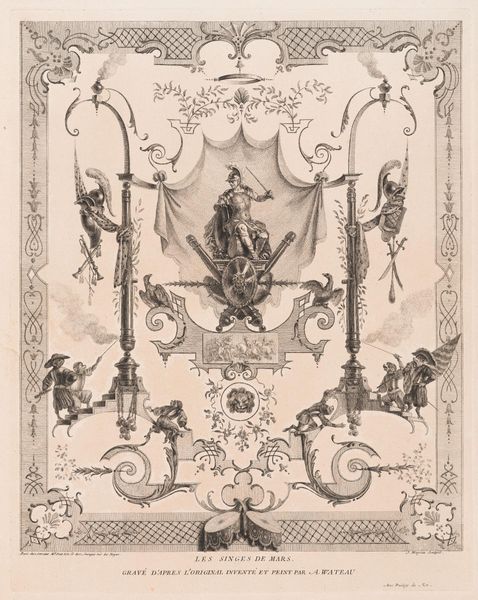
ceramic, porcelain, sculpture
#
neoclacissism
#
sculpture
#
ceramic
#
porcelain
#
sculpture
#
decorative-art
Dimensions: 23 1/4 × 15 3/4 in. (59.1 × 40 cm)
Copyright: Public Domain
Curator: Before us stands a captivating ceramic sculpture called "Bénetier," created sometime between 1765 and 1775 by the Real Fabrica de Buen Retiro. You can find this piece nestled within the Metropolitan Museum of Art. Editor: It's...intricate. My first thought is about the composition – the figures seem almost frozen in a moment of silent drama within that elaborate frame. Is it porcelain? It seems so delicate, almost fragile. Curator: Indeed, it is primarily porcelain, reflecting a prevalent taste for the decorative arts during that era. Now, consider how this scene, likely drawing upon classical allegories or stories, is presented. Note the roles of the figures and the well in a Neoclassical setting. The posture and their placement speak volumes about gender and the period’s power dynamics. Editor: The well… wells often symbolize life and nourishment. Two figures, perhaps representing different aspects of womanhood, draw from that source. Notice the sculpted landscape and trees – they seem to be witnessing a secretive event or a life-changing decision, similar to ancient Roman frescos. The scene carries classical undercurrents – is there a specific myth behind it? Curator: It certainly suggests broader mythological contexts—the ever-present wellsprings that fed the empire's expansion and colonial growth at this moment in time. But consider how access to these stories are and aren't available to women of that era. And were they active participants in this expansion? Did it change our traditional interpretations? How are these values constructed and contested through images? Editor: Right, a contested perspective. But on the subject of imagery, have you noticed the ornate framework? It almost seems to elevate the scene to a sacred status. The use of visual motifs like swirling water within that frame… Curator: Exactly! That visual metaphor underscores the flowing passage of time. The era aimed to revive idealized concepts from antiquity, imbuing them with its cultural and moral values. We shouldn’t shy away from questioning the intent behind those aesthetic choices or their repercussions across time and geographies. Editor: It's stunning to consider that what looks to be a mere decorative object holds such depth once we scratch the surface. What started as an appealing scene quickly unveils a range of historical complexities. Curator: It prompts us to see how art, regardless of its purpose, functions as a lens into broader discussions, prompting questions that often lead us beyond simple observations of its construction.
Comments
No comments
Be the first to comment and join the conversation on the ultimate creative platform.
